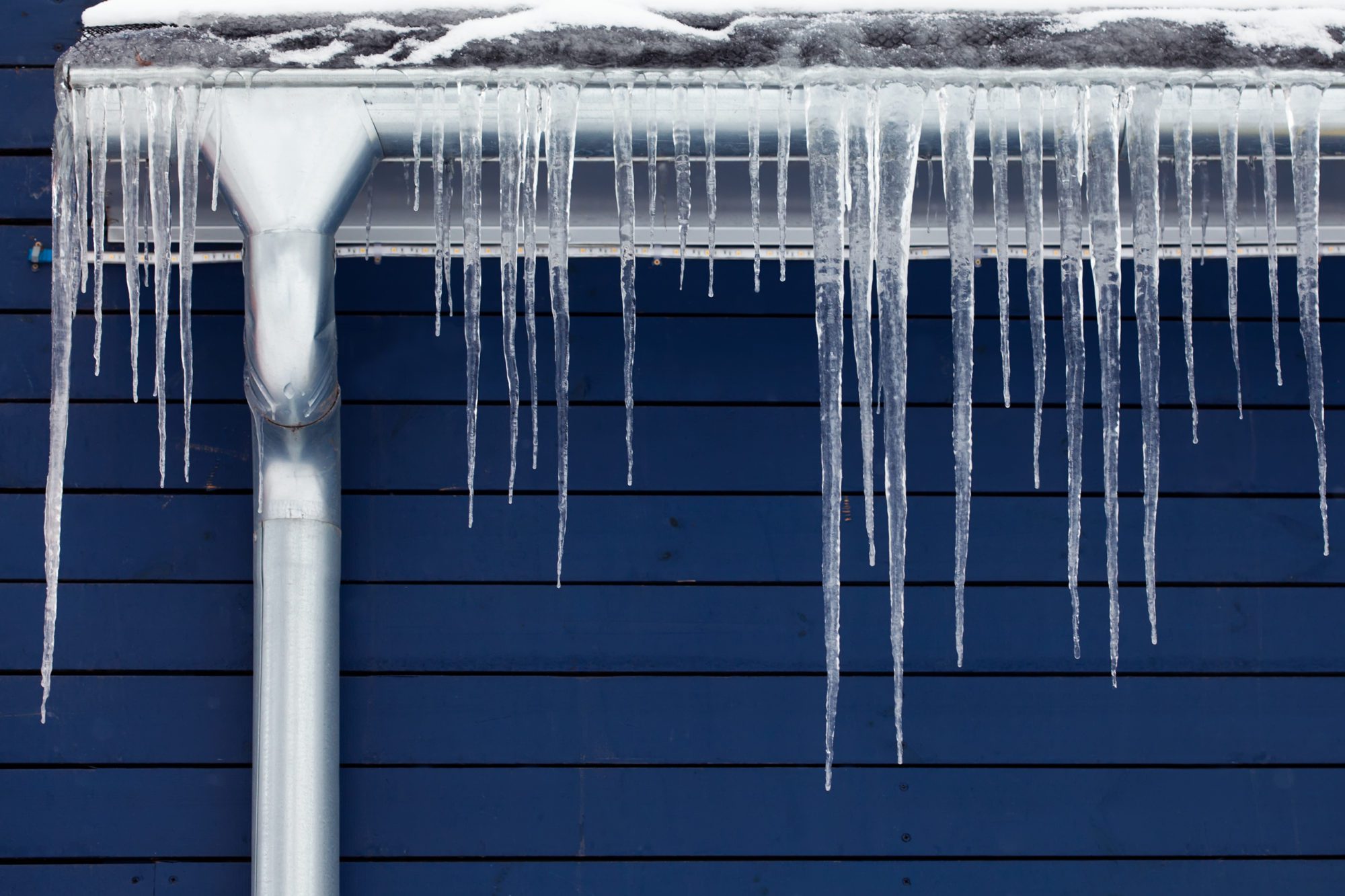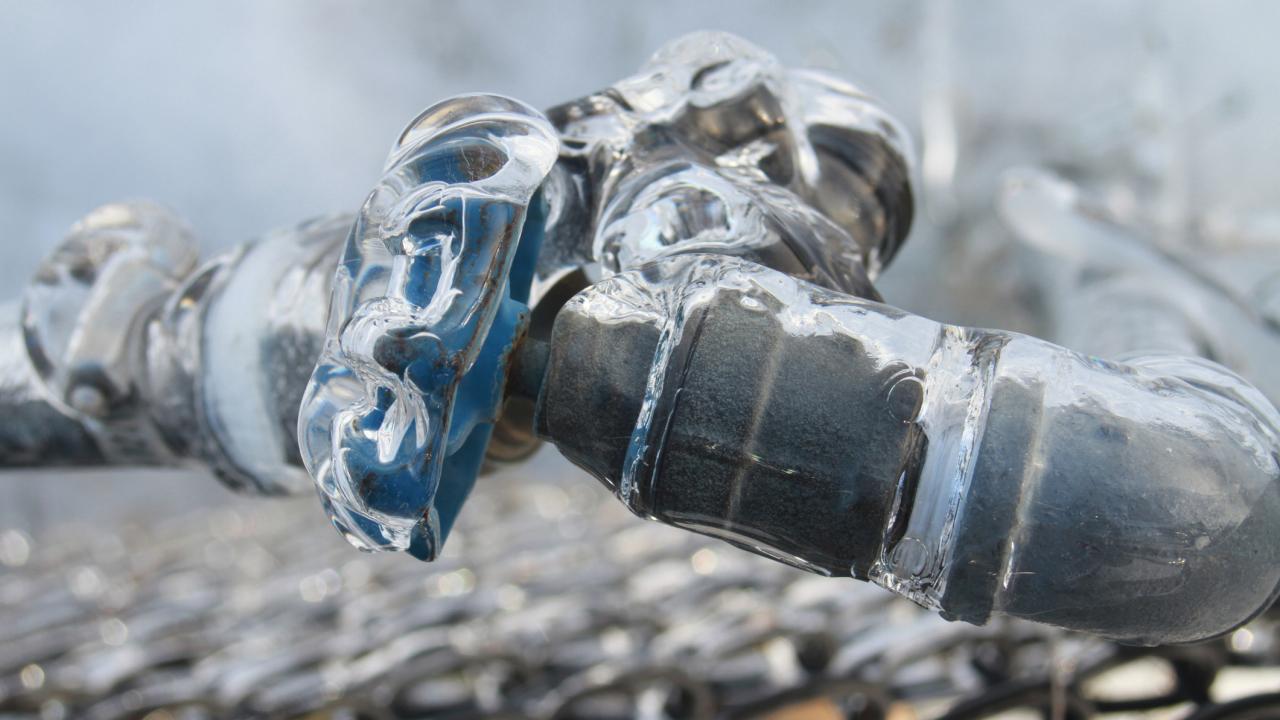Protecting Pipes from Cold Weather: Effective Methods
Protecting Pipes from Cold Weather: Effective Methods
Blog Article
Are you in search of critical information involving 6 Ways to Prevent Frozen Pipes?

Winter can wreak havoc on your pipes, specifically by freezing pipes. Here's exactly how to avoid it from occurring and what to do if it does.
Intro
As temperatures decrease, the danger of frozen pipelines boosts, possibly resulting in pricey fixings and water damage. Recognizing how to avoid icy pipes is vital for homeowners in chilly environments.
Comprehending Frozen Pipelines
What creates pipes to freeze?
Pipelines ice up when exposed to temperatures below 32 ° F (0 ° C) for extended durations. As water inside the pipes freezes, it expands, taxing the pipe wall surfaces and potentially creating them to rupture.
Risks and problems
Frozen pipelines can cause water interruptions, home damage, and costly repairs. Ruptured pipes can flooding homes and create comprehensive structural damages.
Indications of Frozen Piping
Recognizing frozen pipes early can prevent them from bursting.
How to identify frozen pipes
Look for decreased water flow from taps, uncommon smells or sounds from pipelines, and noticeable frost on revealed pipelines.
Prevention Tips
Insulating vulnerable pipelines
Cover pipes in insulation sleeves or use warmth tape to protect them from freezing temperatures. Concentrate on pipes in unheated or exterior locations of the home.
Home heating methods
Keep indoor areas appropriately heated up, particularly locations with plumbing. Open up cupboard doors to allow cozy air to distribute around pipes under sinks.
Securing Outdoor Pipes
Garden pipes and outside faucets
Detach and drain pipes garden tubes before winter. Set up frost-proof faucets or cover outdoor taps with shielded caps.
What to Do If Your Pipes Freeze
Immediate activities to take
If you think icy pipelines, keep faucets available to ease stress as the ice melts. Utilize a hairdryer or towels taken in warm water to thaw pipelines gradually.
Long-Term Solutions
Structural modifications
Think about rerouting pipelines far from outside wall surfaces or unheated areas. Add additional insulation to attic rooms, cellars, and crawl spaces.
Upgrading insulation
Purchase top quality insulation for pipes, attics, and walls. Proper insulation helps maintain constant temperature levels and decreases the danger of frozen pipes.
Conclusion
Preventing icy pipelines needs positive measures and fast feedbacks. By comprehending the causes, signs, and safety nets, house owners can protect their pipes during cold weather.
5 Ways to Prevent Frozen Pipes
Drain Outdoor Faucets and Disconnect Hoses
First, close the shut-off valve that controls the flow of water in the pipe to your outdoor faucet. Then, head outside to disconnect and drain your hose and open the outdoor faucet to allow the water to completely drain out of the line. Turn off the faucet when done. Finally, head back to the shut-off valve and drain the remaining water inside the pipe into a bucket or container. Additionally, if you have a home irrigation system, you should consider hiring an expert to clear the system of water each year.
Insulate Pipes
One of the best and most cost-effective methods for preventing frozen water pipes is to wrap your pipes with insulation. This is especially important for areas in your home that aren’t exposed to heat, such as an attic. We suggest using foam sleeves, which can typically be found at your local hardware store.
Keep Heat Running at 65
Your pipes are located inside your walls, and the temperature there is much colder than the rest of the house. To prevent your pipes from freezing, The Insurance Information Institute suggests that you keep your home heated to at least 65 degrees, even when traveling. You may want to invest in smart devices that can keep an eye on the temperature in your home while you’re away.
Leave Water Dripping
Moving water — even a small trickle — can prevent ice from forming inside your pipes. When freezing temps are imminent, start a drip of water from all faucets that serve exposed pipes. Leaving a few faucets running will also help relieve pressure inside the pipes and help prevent a rupture if the water inside freezes.
Open Cupboard Doors
Warm your kitchen and bathroom pipes by opening cupboards and vanities. You should also leave your interior doors ajar to help warm air circulate evenly throughout your home.

I stumbled upon that page about How to prepare your home plumbing for winter weather while browsing the web. Sharing is caring. You just don't know, you may be doing someone a favor. Many thanks for taking the time to read it.
Book A Service Call Report this page